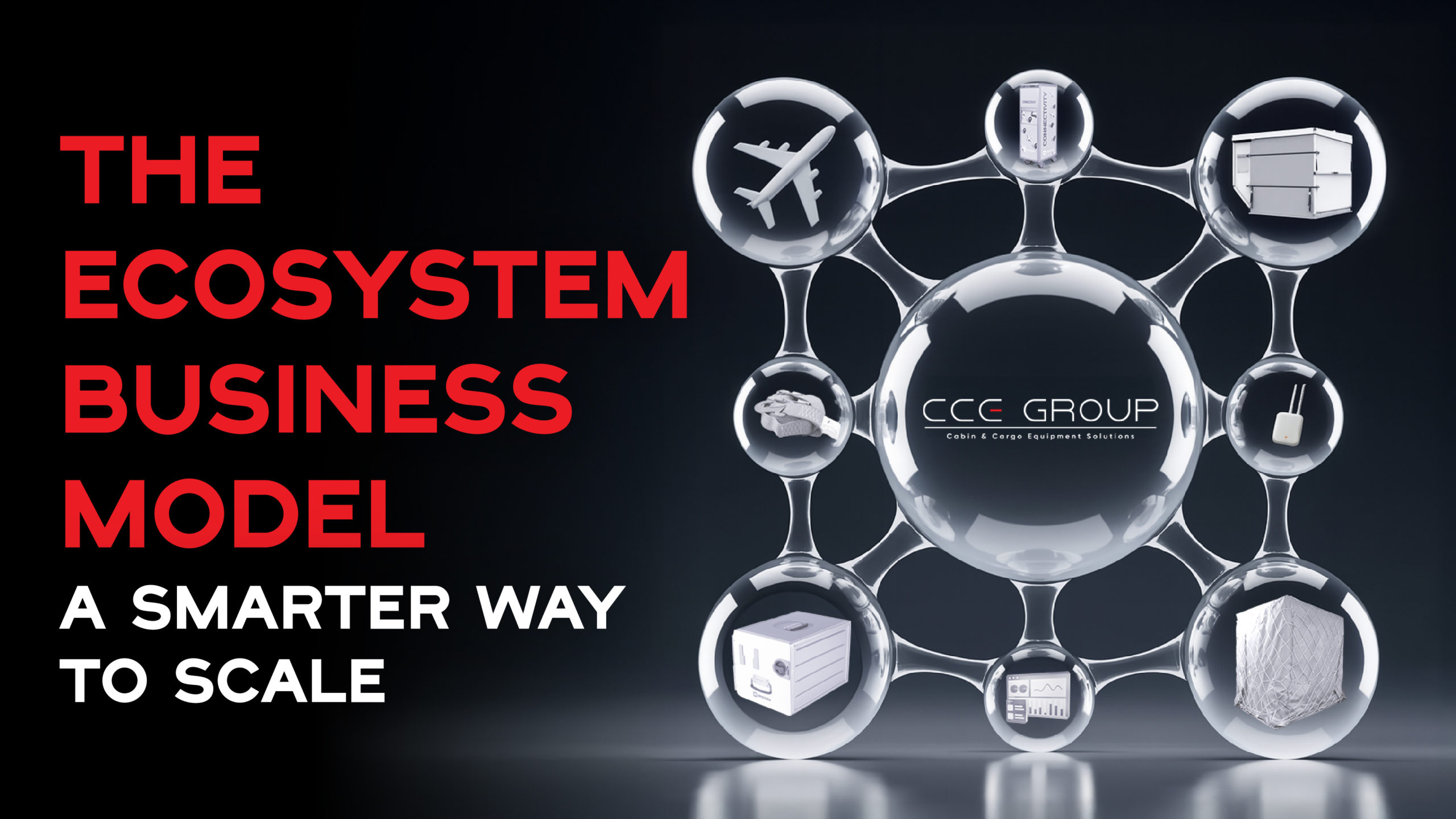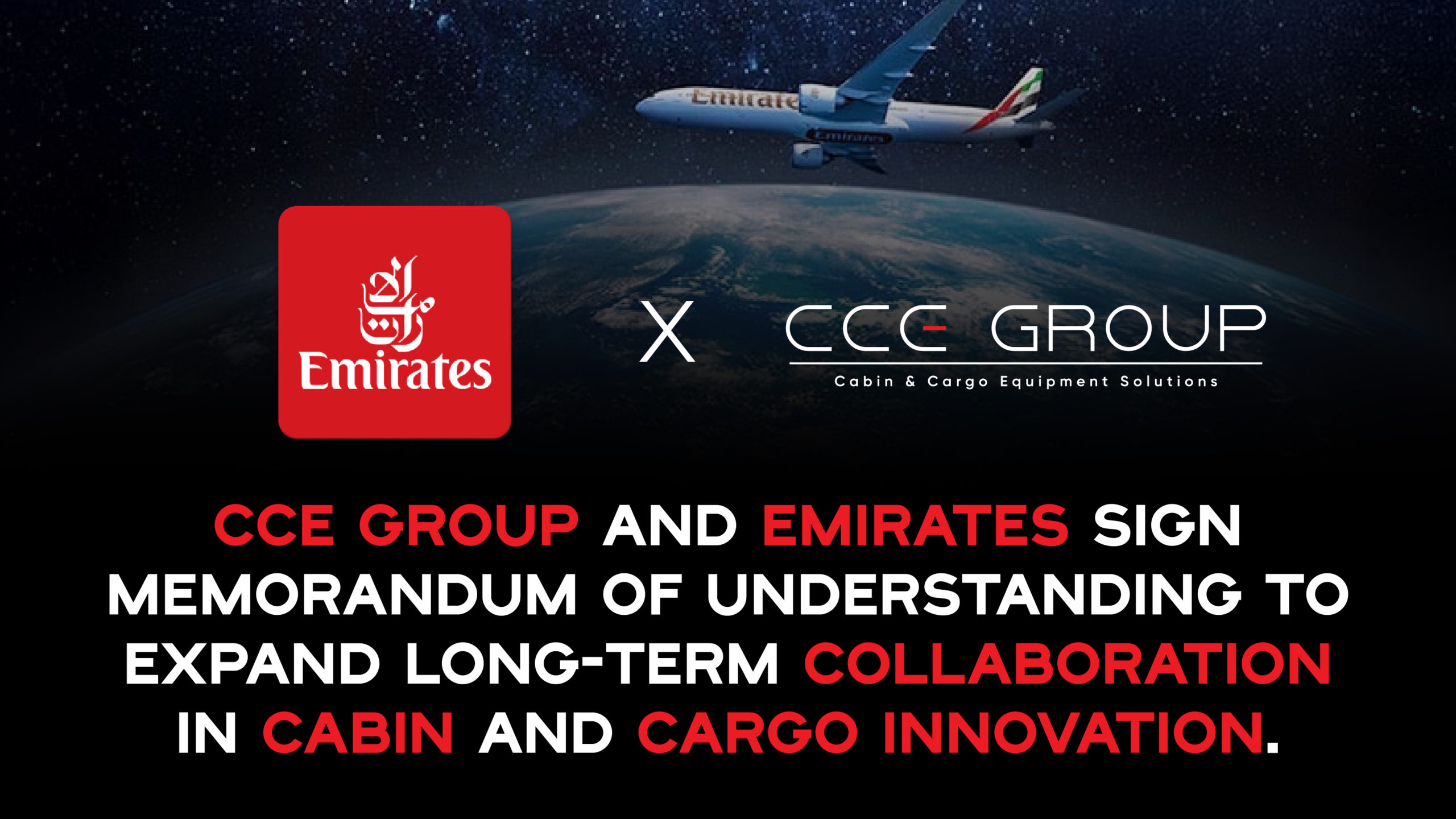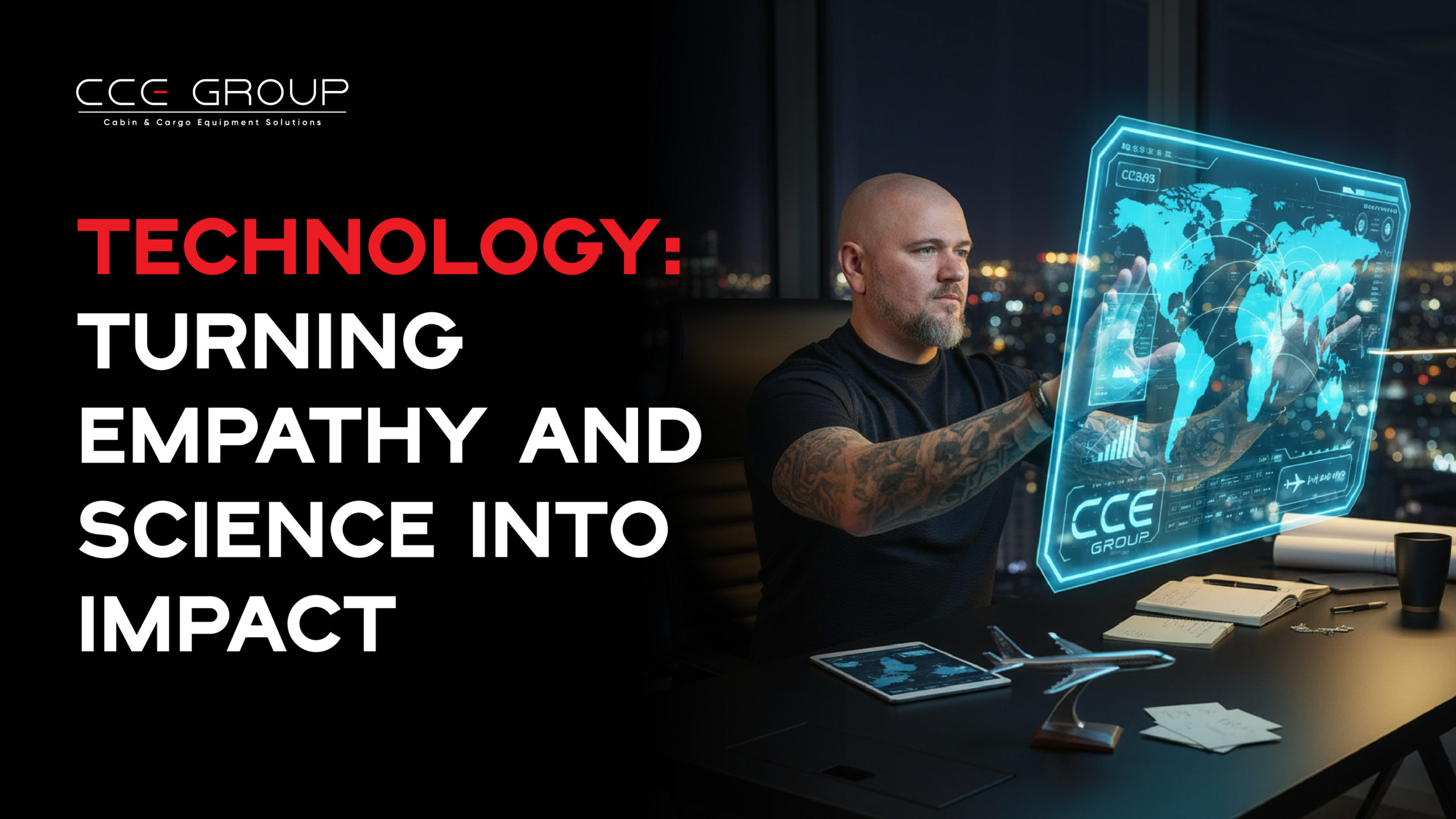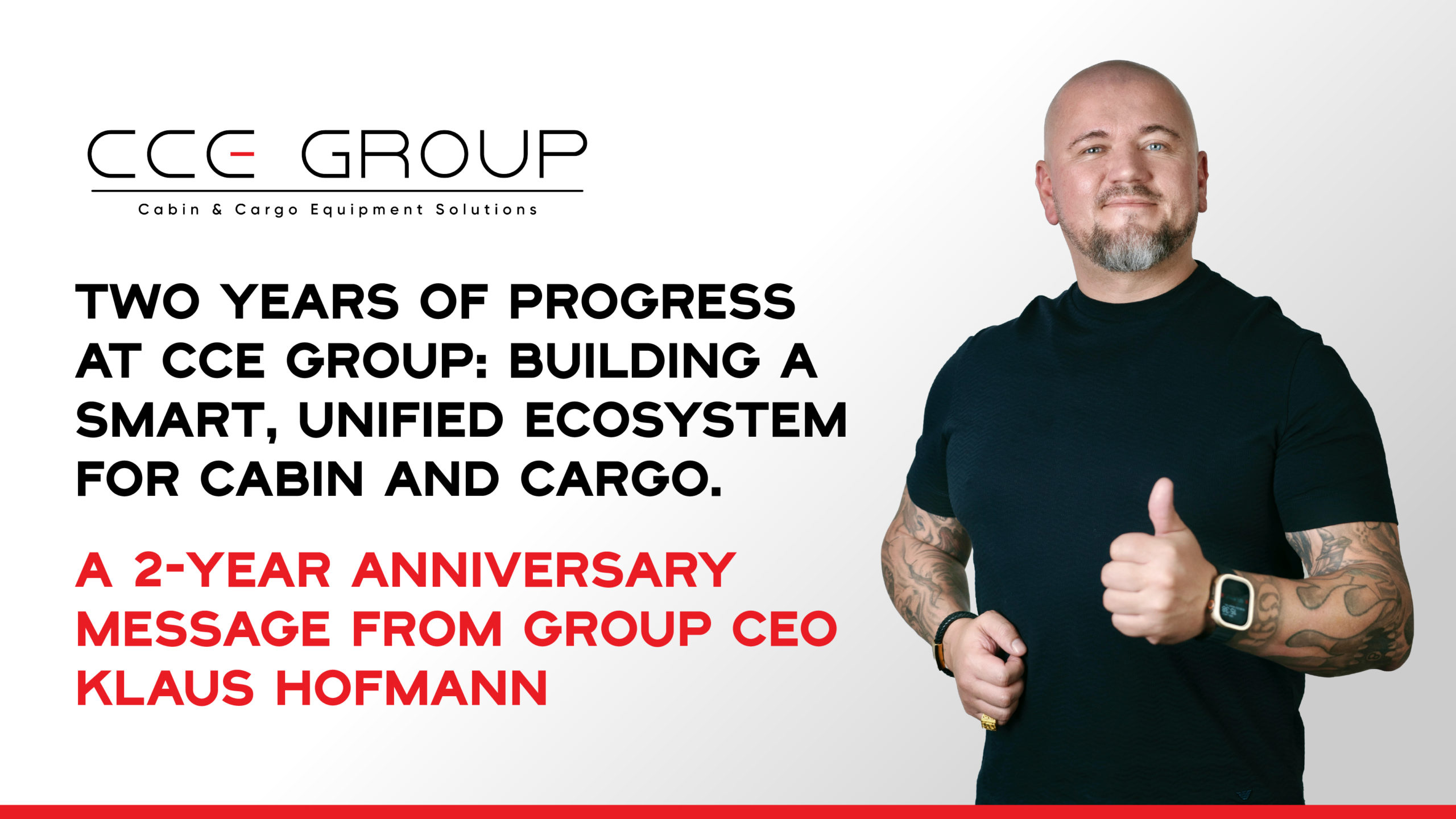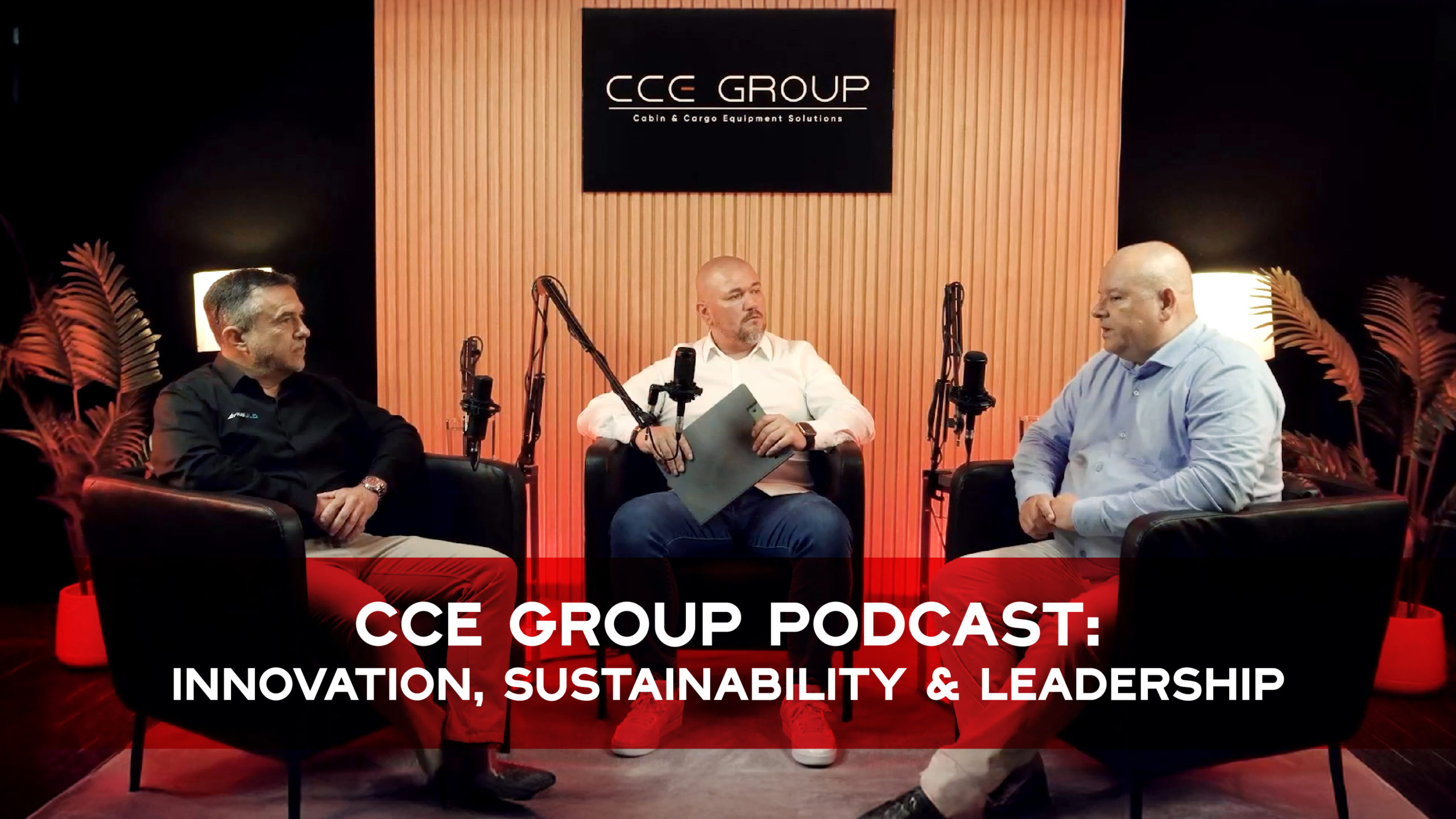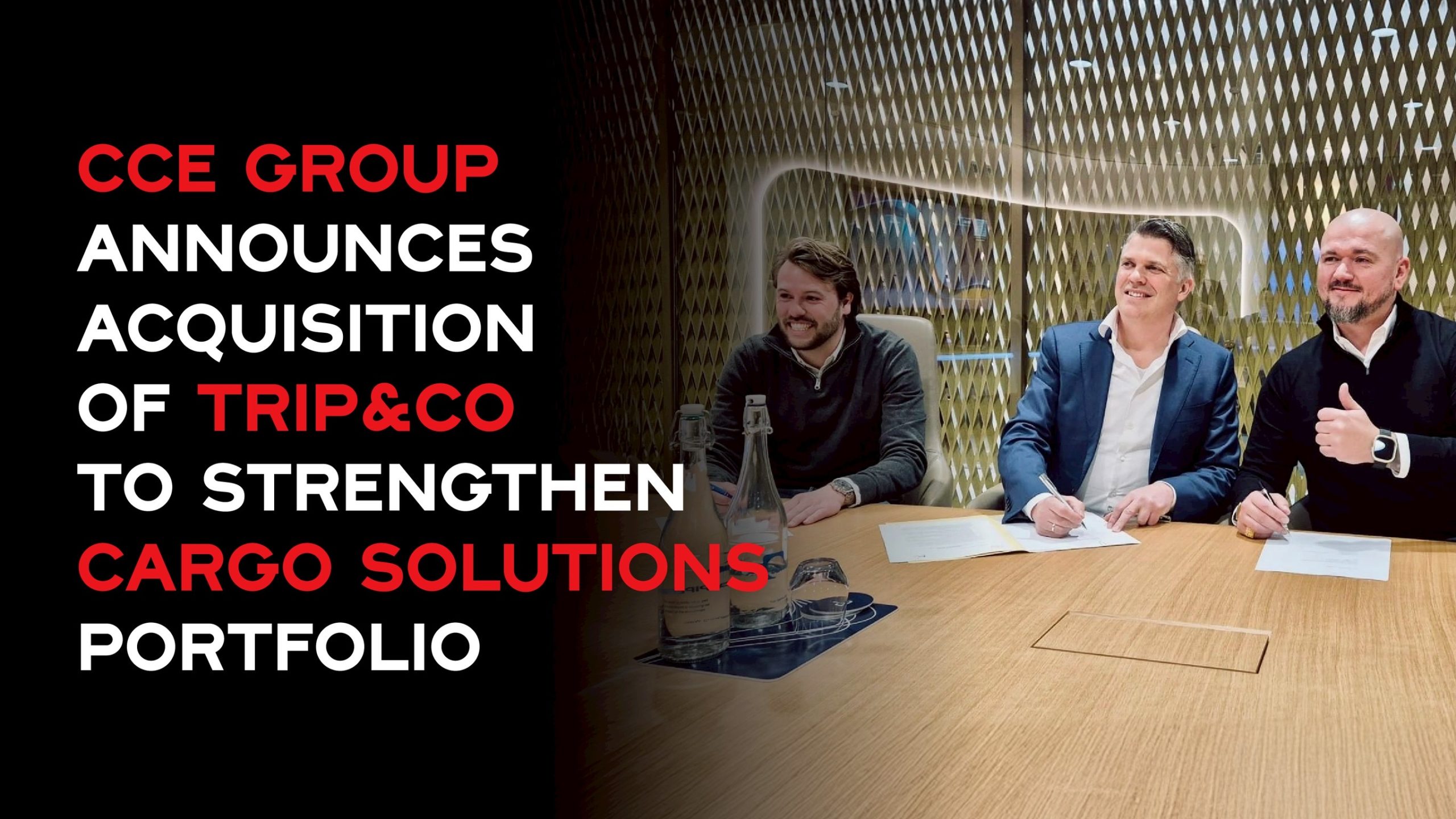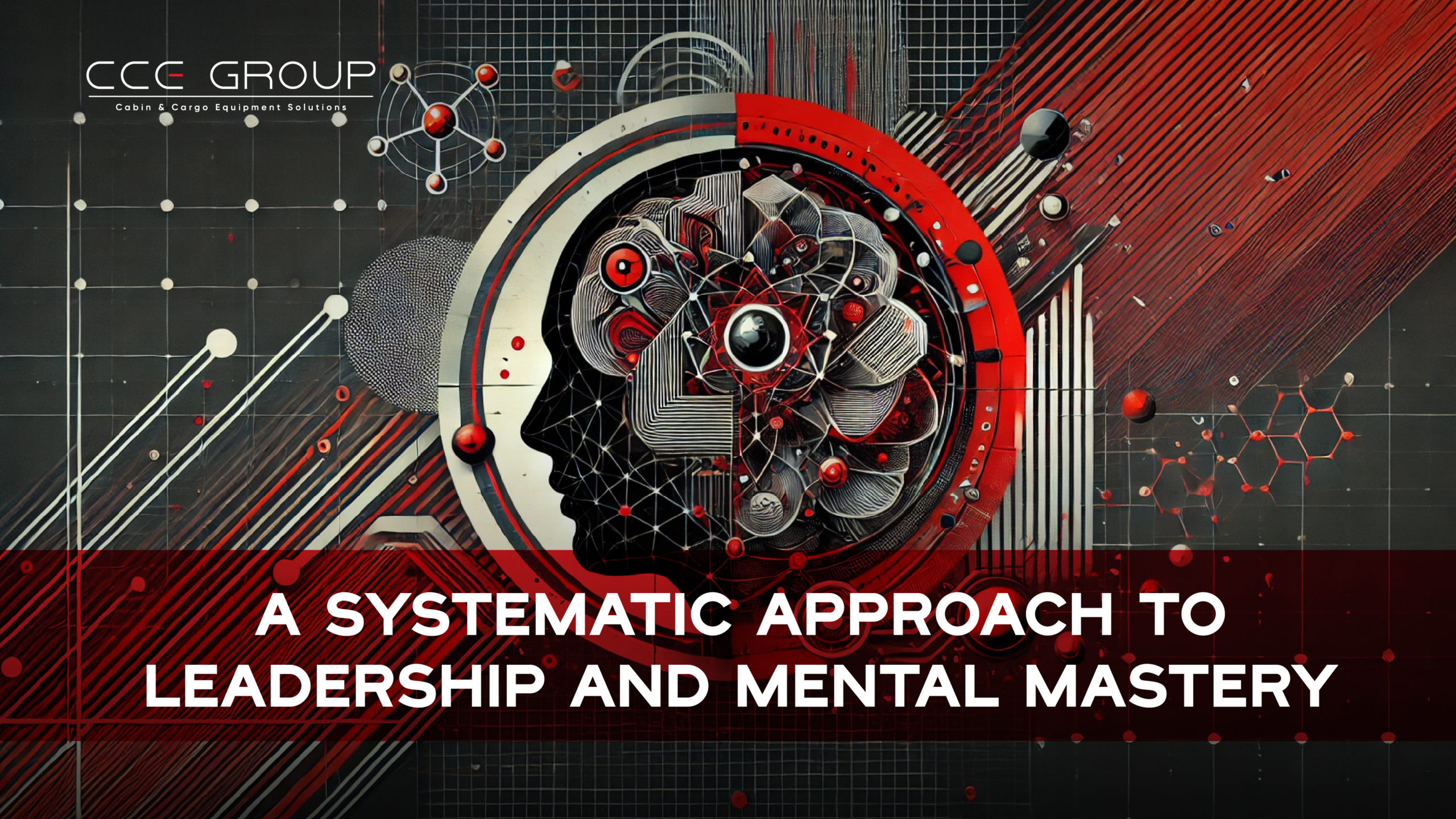In business, growth can be pursued in a thousand different ways. But not all of them are smart.
Some rely on brute force: more capital, more hires, more territory.
Others require patience, iteration, and long-term thinking.
At CCE Group, we operate in the highly specialized world of cabin and cargo equipment for aerospace. It is a niche industry, but the principles we use to scale our companies are broadly applicable.
The age of empires rewarded size. The age of ecosystems rewards connection, adaptability, and compounding innovation.
This article outlines a practical, experience-driven approach to building a strategic ecosystem: one that integrates technology, aligns cultures, and compounds innovation. If you are a CEO looking to grow smarter and scale faster, this is a useful starting point.
From Isolation to Integration
Many companies function like island nations. Focused. Independent. Comfortable solving problems in isolation.
But over time, the sun sets on all empires. Growth slows. Innovation flattens. Teams lose sight of what is happening beyond their walls. Even successful companies can stagnate when they lack meaningful connection: both internally and externally.
Ecosystems offer a solution to that problem.
They are not just for Big Tech. While Amazon, Apple, and Google are often cited as prime examples, any business – regardless of sector – can build an ecosystem if it understands how the pieces fit together. The key is orchestration, not just diversification. Imagine yourself as a conductor, not a dictator.
The traditional growth model was simple: build something, sell it, grow bigger, maybe acquire a competitor, and repeat. That model relies on resource intensity: people, time, capital.
Ecosystems provide a smarter alternative. Instead of doing everything yourself, you assemble or acquire complementary capabilities, then integrate them in a way that creates compounding value.
Take Disney. It is not just a film studio. It is a content machine, a streaming platform, a merchandise powerhouse, and a theme park operator. Every Star Wars release is not just a show: it is a toy line, a hotel theme, and a reason to subscribe to Disney+.
This is not just growth through expansion. It is growth through interconnection. Every part reinforces the others and provides touchpoints with a wide range of audience segments. That interdependence becomes a competitive moat, and a far more durable one than market share alone.
At CCE Group, we apply the same logic. To an outsider, the connection between cargo straps, galley equipment and fire resistant containers may seem tangential, but when connected through shared data and aligned incentives, they become a unified solution for our customers.
For the companies inside the ecosystem, this structure opens up new commercial possibilities. Each business can combine any of its products or services with those of its sister companies to create new and original bundled solutions. These joint propositions provide an unparalleled competitive advantage and make it easier to enter new markets, target more strategic accounts, and win larger contracts; all without expanding headcount or capabilities at the individual company level. As a result, it turns every company in the group into a more competitive version of itself.
The Mechanics: Vertical and Horizontal Integration
The word “integration” often gets flattened into a polite synonym for “acquisition.” But real integration is a strategic discipline; one that sits at the heart of ecosystem building.
There are two primary types:
- Horizontal integration, which is about consolidating market presence
- Vertical integration, which is about controlling the supply chain
Both are useful. Both require precision.
When Facebook acquired Instagram, it was not because it needed another photo app. It was to consolidate user attention and tighten control over digital advertising. That is horizontal integration.
When Netflix began producing its own shows, it took control of its content pipeline. It no longer had to negotiate licenses or depend on third parties. That is vertical integration.
At CCE Group, we have used both. Our acquisition of Trip & Co gave us more than just thermal covers. It gave us ownership of a critical input that complemented existing work at AviusULD: a vertical move. Meanwhile, the development of CLEO360 by Driessen was a horizontal play: expanding our reach within the aircraft catering workflow by consolidating process data on a single platform.
But the real value emerges when both types of integration are combined. You stop being a supplier. You become the platform.
Smart Technology Turns Products into Platforms
Digital transformation is an overused phrase these days. As a result, people have started to tune it out. That is a mistake. Digital transformation is not going anywhere, and the companies that will thrive are those that make their data work for them; not just to monitor performance, but to generate new value and unlock new business models.
Smart technology is not just about adding sensors or apps. It fundamentally shifts your business model. From selling products to selling systems that learn, adapt, and improve over time.
At CCE Group, we embed intelligence into our products with a clear goal: make the product more useful for the customer, and make the company smarter with every interaction.
Take SmartULD by AviusULD. It provides geolocation data, detects early signs of thermal runaway in lithium batteries, and charges itself kinetically – no battery replacements required. This is not just a better product. It is a connected device with built-in safety, logistics, and predictive capabilities. It reshapes how our customers operate.
Similarly, CLEO360 from Driessen is a full-stack platform for aircraft catering teams. Equipment status, manual access, pending orders all in one interface, optimized in real time.
These are not just product upgrades. They are game-changing transformations.
M&A with Purpose: Ecosystem Integration
Most M&A activity fails. Not because the companies are bad, but because they do not fit together.
At CCE Group, we do not only acquire to get bigger. We acquire to get smarter.
Traditional vertical integration is about owning your inputs. Horizontal integration is about removing your competitors. But ecosystem integration is different. It is about acquiring and developing complementary capabilities that enhance each other; and combining them into an offering no competitor can match.
Apple bought Beats not just for the headphones, but to build a tightly integrated music ecosystem. Amazon bought Whole Foods not just to sell groceries, but to expand its logistics network.
We follow a similar logic. When CCE Group was formed following the acquisition of Driessen and AviusULD, we were not just dealing with standalone assets; we were connecting the cabin and cargo environments: two core domains in aerospace.
Then we added Trip & Co. Why? Because their fire containment and thermal covers, plus their first-in-class cargo nets and tie-down-straps were renowned as the best in the business. Additionally, they were already supplying their straps to AviusULD. Therefore, the integration was already half-done, both culturally and operationally.
Now, their offerings are bundled: one product, one contract, one delivery. That is ecosystem thinking in practice.
This approach delivers three advantages:
- Operational efficiency through shared tools, systems, and standards
- Commercial power by offering bundled solutions others cannot replicate
- Innovation compounding, as R&D flows freely between teams
Culture Is the First System You Integrate
Post-merger checklists often start with software platforms and reporting lines. But the first system you should integrate is culture.
Cultural alignment means shared behaviors, compatible decision-making, and trust. Without it, execution slows down. People second-guess. Silos re-emerge. And no technology stack can fix that.
This is where empathy becomes operational.
When Disney acquired Pixar, they did not immediately impose their own systems. They preserved Pixar’s leadership and creative process. Cultural respect was not a courtesy, it was a strategy. And it paid off.
At CCE Group, we take the same approach. Before any acquisition, we look for shared ambition, operational clarity under pressure, and mutual respect. If those are missing, no spreadsheet can save the deal.
When Trip & Co joined the group, the integration was fast and effective; not because it was easy, but because trust already existed from years of collaboration with AviusULD.
Empathy is not softness. It is the discipline of understanding your people: their motivations, frustrations, and talents; and aligning them toward a shared mission. Done well, it builds speed, trust, and long-term loyalty.
Ecosystem Thinking Is a Discipline
You can grow a business without building an ecosystem. But if you want a model that scales intelligently, adapts quickly, and compounds value, ecosystem thinking is worth the investment.
It is not the easiest path. It requires strategic patience, cultural sensitivity, and operational design. But the reward is a business that is more connected, more resilient, and more valuable to its customers.
This is the model we are building at CCE Group; and it is already delivering results.
